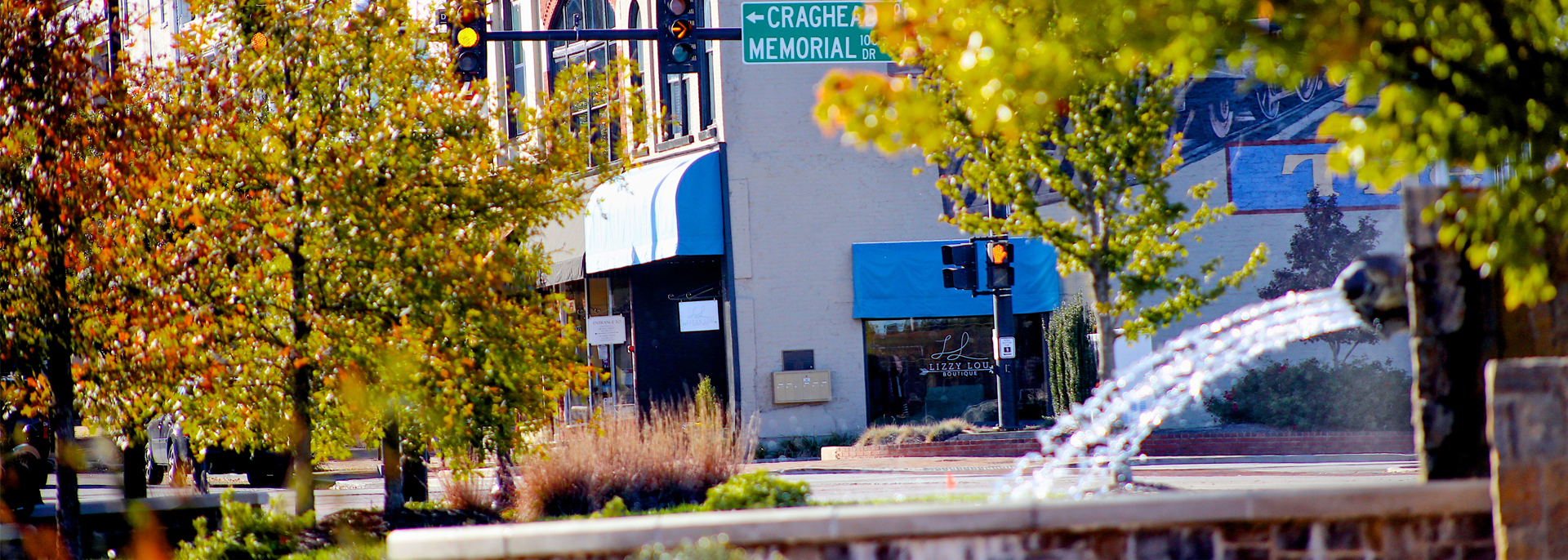

Post-Pandemic Recovery - Charlotte Cole
A Note from DRF: A question we find ourselves asking right now is what communities will look like and how they will operate in a post-pandemic world. As restrictions are lifted, we may freely move about more but some businesses, organizations and those in the workforce will still struggle to recover for some time to come. DRF asked our friend Ted Abernathy with Economic Leadership LLC to curate some thoughts on the subject from leaders across the United States to help us think about what’s next.
I manage an accredited Main Street program in Orange, Virginia, population 5,042. Main Street programs focus on preservation-based economic development, so for this tiny town, home of President James Madison and renowned chef, Edna Lewis, you'd think that preservation-based economic development would come easy.
NOT.
But the pandemic has provided some interesting dynamics to our mission. Most notably, COVID has revealed who are "hobby" business owners and who are real entrepreneurs.
The "hobby" business owners have enough capital to keep their businesses shuttered for the foreseeable future. At best, they are open very few days with limited hours. Then there are the real entrepreneurs who have doggedly worked to keep their business viable, some having to take to a digital format, but nonetheless they remain viable.
In conversations with my fellow Main Street managers, this theme seems to be playing out in their community (at least in Virginia). As a suggestion, you may want to connect with Main Street America to invite their input into your project.
Insofar as lasting impacts go, I think that smaller, more rural communities may fare better than more populated areas. Rural communities are used to "crises" -- drought, wildfires, floods and other acts of nature that cause disruption to everyday life and economies. For better or worse, rural communities seem to still maintain a "pioneer" spirit -- even the younger generation (school age) seem to be more adaptable to the whiplash of hybrid and/or virtual schooling. In our community, students are maintaining the same higher level of achievement that has been a hallmark of Orange County schools for decades.
Interestingly, suicide and domestic violence rates have remained steady or lowered. Could this be an awareness that with the world in a "doom and gloom" mentality, things may not seem so bad after all in the minds of depressed individuals. That, or a renewed sense of "we're all in this together" brings some comfort to those troubled souls.
At the end of the day, though, these tough times have been softened by the Fed's CARES Act funding. This small community, at least, was nimble enough to quickly develop an effective plan to make that money work to the benefit of all. Large cities just can't do that...